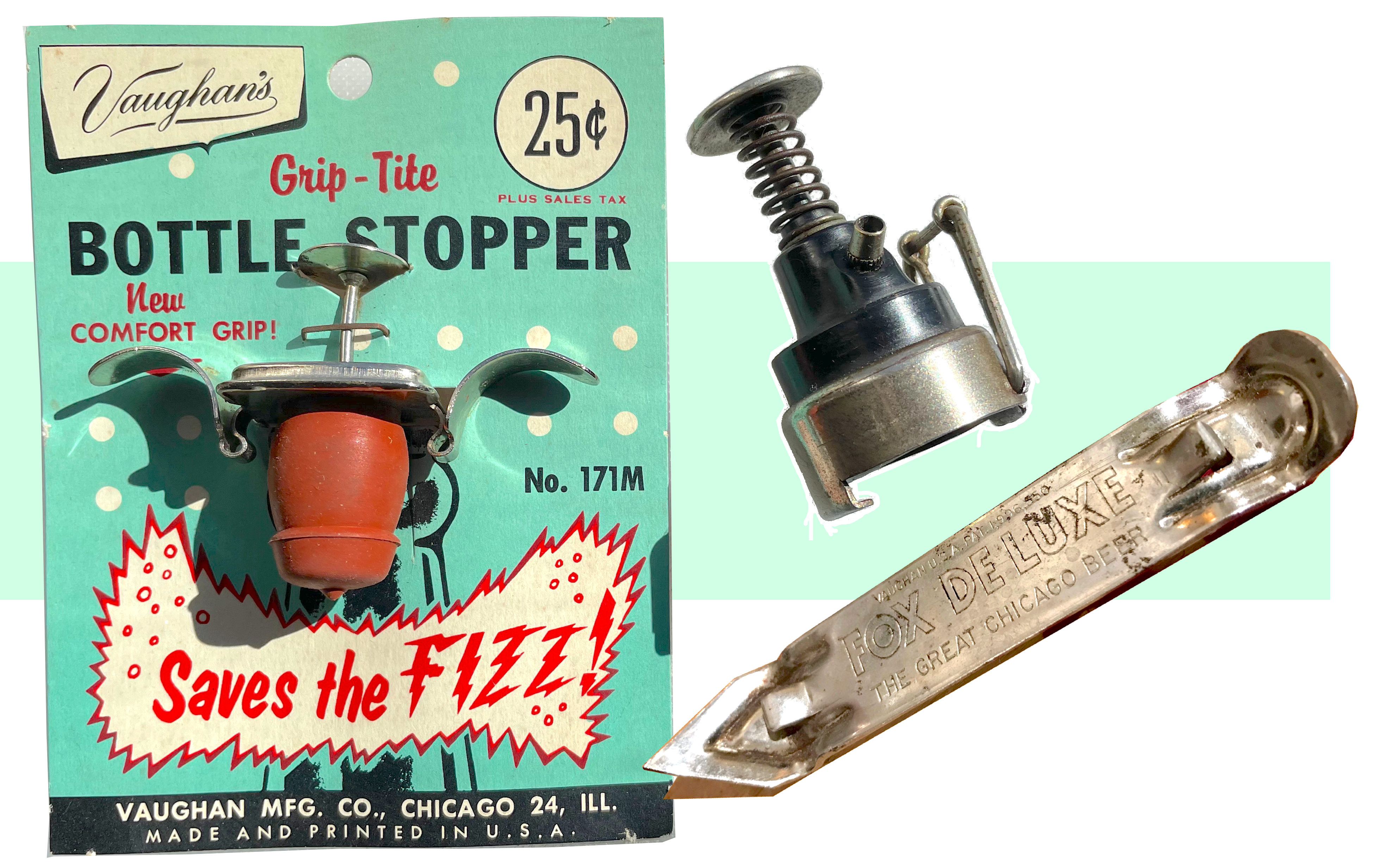
Museum Artifact: Vaughan’s Grip-Tite Bottle Stopper, Perfo-Siphon Bottle Stopper, and Fox Deluxe Punch-Style Bottle Opener, c. 1950s
Made By: Vaughan Novelty MFG Co., 3211 W. Carroll Ave., Chicago, IL [East Garfield Park]
The bottle and the bottle opener—a vital symbiotic relationship that’s been mildly inconveniencing mankind for generations. No one ever knows exactly where their bottle opener is at any given moment, nor where it came from in the first place. It used to be on your keychain, probably, but then you let someone borrow it at a party once, and now, who knows?
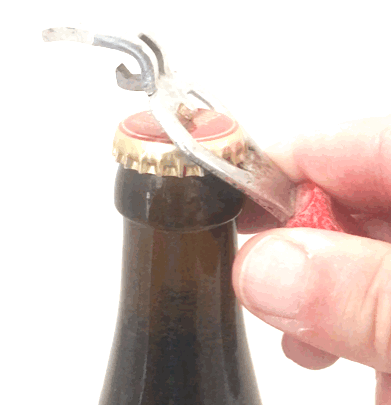 Most openers double as advertising novelties—embossed with the logos of Coca Cola or Budweiser, or perhaps an old defunct brand of yesteryear, like Fox DeLuxe—“the Great Chicago Beer.” What most of us fail to notice, however, is the manufacturer ID that’s also cut into millions of these metal doohickeys. If it’s a slightly older model, there’s a good chance it says VAUGHAN—a name that removed more caps in the 20th century than every playing of the National Anthem combined.
Most openers double as advertising novelties—embossed with the logos of Coca Cola or Budweiser, or perhaps an old defunct brand of yesteryear, like Fox DeLuxe—“the Great Chicago Beer.” What most of us fail to notice, however, is the manufacturer ID that’s also cut into millions of these metal doohickeys. If it’s a slightly older model, there’s a good chance it says VAUGHAN—a name that removed more caps in the 20th century than every playing of the National Anthem combined.
Even during the early 1930s, when most manufacturers were wallowing in the economic sinkhole of the Depression, Chicago’s Vaughan Novelty MFG Company was enjoying a significant upswing, cranking out truckloads of pocket-sized paraphernalia from its plant on Carroll Avenue. This included not only various weapons for dislodging cola bottle caps (not beer bottles, obviously, since they were illegal!), but also some ingenious tools for actually keeping said bottles sealed even as they poured, such as the “Perfo-Siphon” device in our museum collection.
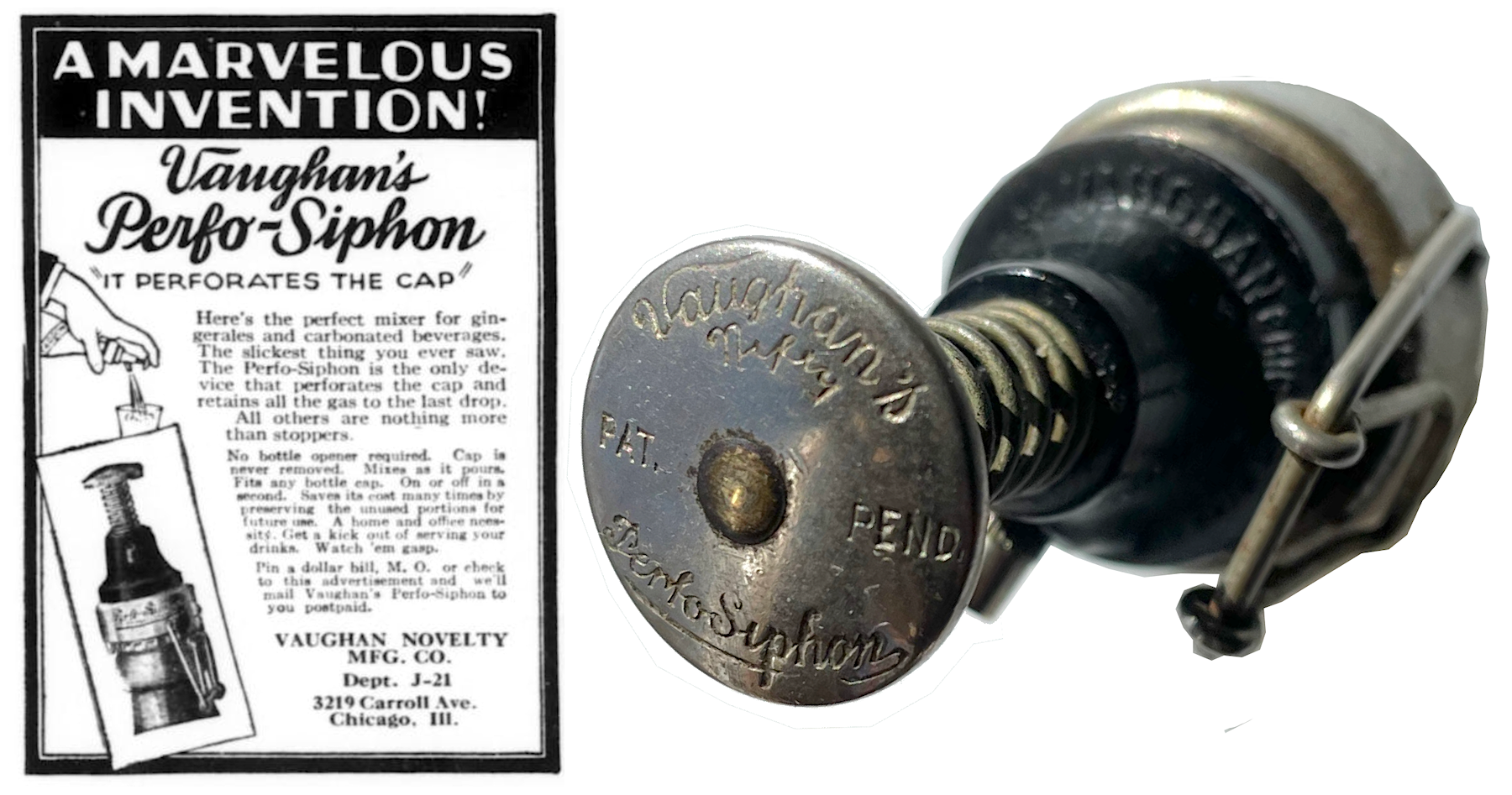
It was in the latter half of the 1930s, though, that Vaughan really showed its knack for adapting to an industrial sea change. As Prohibition came to an end, upstart breweries like the Peter Fox Brewing Company (makers of Fox DeLuxe) needed a way to save on production and shipping costs. This ushered in the era of the aluminum beer can; a novelty that consumers were more than happy to embrace, if for no other reason that it saved them having to pay the extra deposit required with glass bottles.
This win-win innovation didn’t arrive fully realized, however.
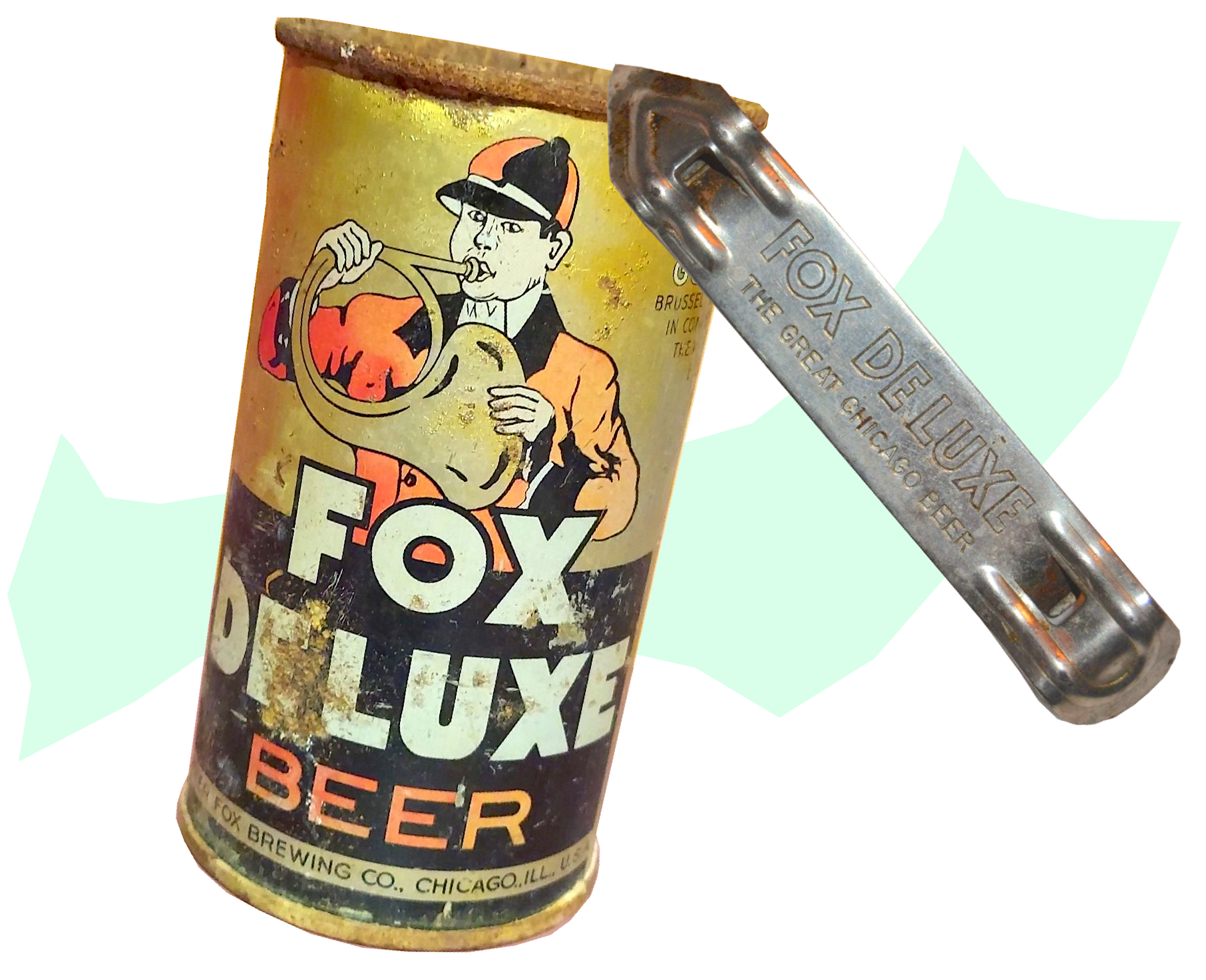 For one thing, beers and sodas poured from a tin can maintained a distinct, generally unpleasant metallic taste. Secondly, the airtight, factory-sealed tops of the cans were completely flat and had no pull-tab, making them frustratingly undrinkable without the appropriate, compatible device to pop them open. Using a knife was a dangerous undertaking, and older styles of can openers didn’t always fit the bill for this modern drinker’s conundrum.
For one thing, beers and sodas poured from a tin can maintained a distinct, generally unpleasant metallic taste. Secondly, the airtight, factory-sealed tops of the cans were completely flat and had no pull-tab, making them frustratingly undrinkable without the appropriate, compatible device to pop them open. Using a knife was a dangerous undertaking, and older styles of can openers didn’t always fit the bill for this modern drinker’s conundrum.
The one proven solution was a new variation on the classic “churchkey” style of opener, developed by American Can Company employees Dewitt Sampson & John Hothersall in 1933—specifically to address the arrival of the drinking can. Their design (U.S. patent 1,996,550) was described as a “punch opener for producing a substantial pouring opening in containers having projecting end scams or joints.” Since the item was a bit outside American Can Co’s usual wheelhouse, they outsourced production to the company already known as “the world’s largest manufacturer of can openers”—the Vaughan Novelty MFG Co., of course.
The familiar punch-style openers that Vaughan produced in Chicago—like the ones in our collection advertising Fox DeLuxe—were made across several decades, and often have the original 1,996,550 patent number listed on them. Most are dual-purpose in design, as well, with a rounded bottle-opening end and a pointed can-opening end.
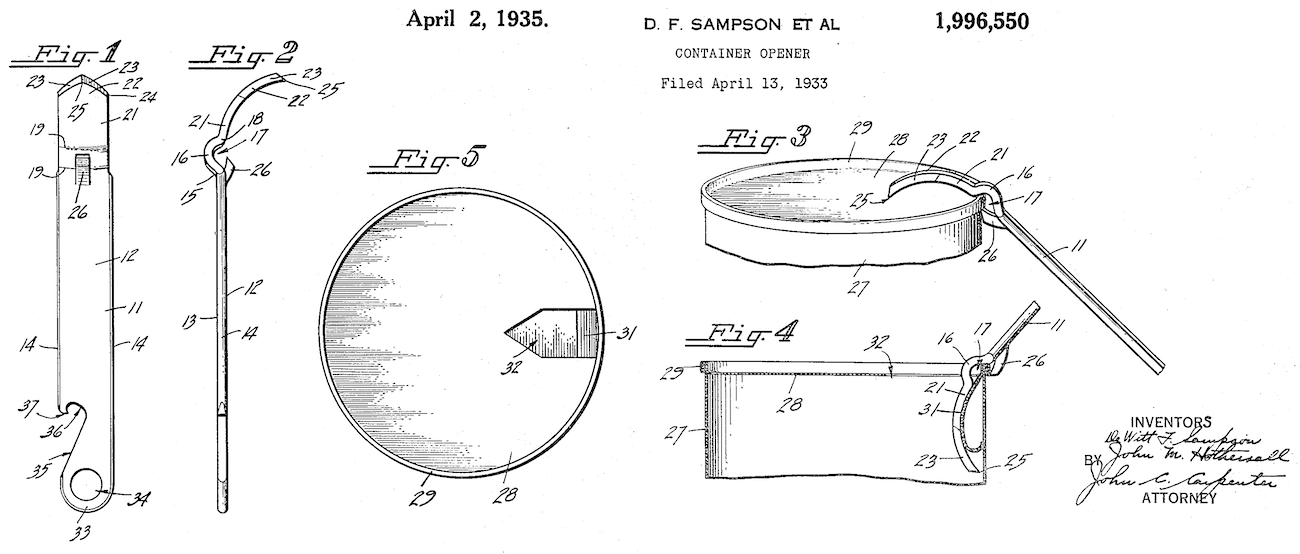
[The 1935 patent used for the punch-style “Fox DeLuxe” Vaughan can opener in our museum collection]
From kitchens to bar rooms to ballparks, just about everyone was either using a Vaughan appliance or sitting next to someone who was. And yet, from the 1910s to the 1990s, the company somehow remained largely anonymous despite its own ubiquity.
History of the Vaughan MFG Co., Part I: Opening Up the Can
The whole thing begins with Harry L. Vaughan—born in Versailles, Kentucky, in 1871. His father, the respected Louisville physician Dr. Robert Vaughan, was a decorated Civil War veteran—a lieutenant colonel in the Union army who’d been wounded at both Fort Donelson and Shiloh. Young Harry was the baby of the family, and grew up admiring his four older brothers, as well as his pops.
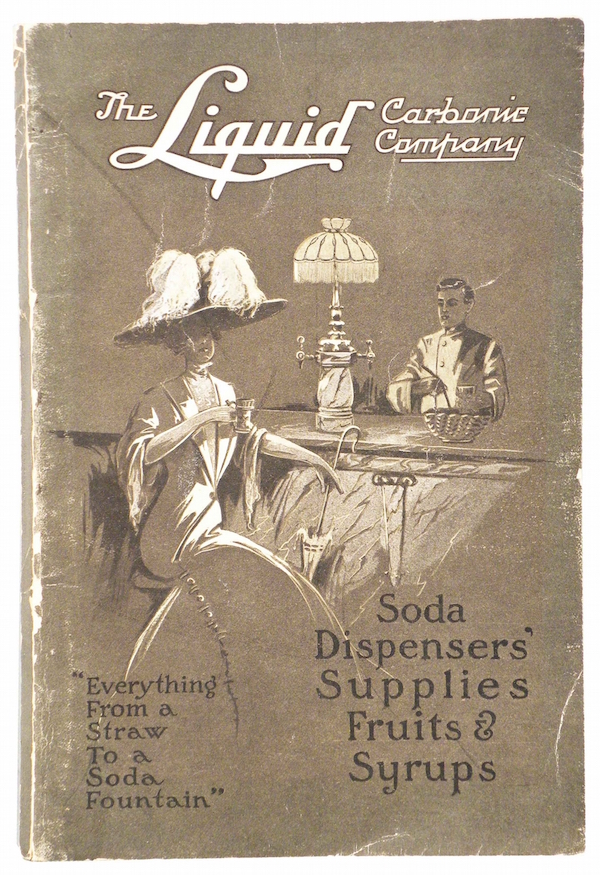 Harry’s education is hard to pin down, but it appears that he followed his brother Millard into a career in sales, rather than taking up his dad’s path in medicine. One of Harry’s early jobs was with Louisville’s Weissinger Tobacco Company in the mid 1890s, which may have given him his unexpected entry into the field of tin cans and can openers, as well as other accessories such as tobacco cutters and kettle scrapers. By 1898, he had relocated to New York City as a sales agent, and soon caught on with the Liquid Carbonic Company—an industry leader in soda fountains.
Harry’s education is hard to pin down, but it appears that he followed his brother Millard into a career in sales, rather than taking up his dad’s path in medicine. One of Harry’s early jobs was with Louisville’s Weissinger Tobacco Company in the mid 1890s, which may have given him his unexpected entry into the field of tin cans and can openers, as well as other accessories such as tobacco cutters and kettle scrapers. By 1898, he had relocated to New York City as a sales agent, and soon caught on with the Liquid Carbonic Company—an industry leader in soda fountains.
Now, with an established background in canning, bottling, and beverages, a 34 year-old Harry Vaughan took the next logical step in 1905, joining Baltimore’s massively successful Crown Cork and Seal Company as their western sales rep in Chicago. Crown Cork, still in business today as Crown Holdings, was the firm that had introduced the modern, disposable tin bottle cap (aka the “crown cork”) in 1892. That cap design has remained the gold standard for the subsequent 125 years, so it’s not surprising that Crown Cork was one of the fastest growing companies of its time, with manufacturing and distribution outposts around the world. This also made it no small responsibility for Vaughan to be the young face of that franchise in the Chicagoland market.
Over the next few years, Harry not only refined his skills as a salesman, but also learned the nuts and bolts of designing and manufacturing the twisty, turny, metallic arsenal of an evolving industry. This included paying close attention to the feedback of customers, particularly the growing complaints about bottles getting chipped when crown corks were pulled off with standard bottle openers.
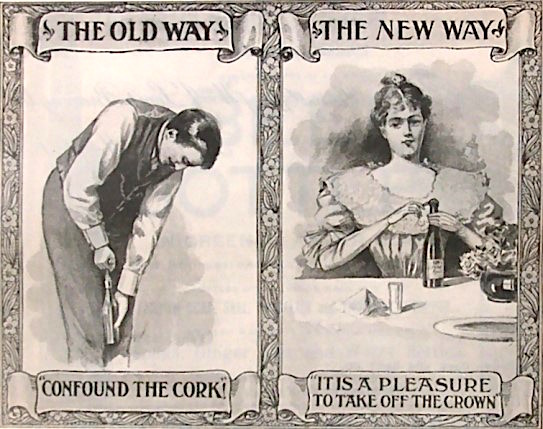
[1898 ad for the Crown Cork & Seal Company]
In 1909, with a network of Midwestern connections firmly established, Harry Vaughan became something of an in-demand free agent of the bottle cap business. In January, he left Crown Cork and signed with the New York Speciality Company, makers of “Security” brand bottle stoppers.
“Mr. Vaughan will have headquarters in Chicago and will visit the middle west in the interest of his house,” the American Brewers’ Review reported. “His extensive acquaintance in the brewing trade ought to be a guarantee of his success.”
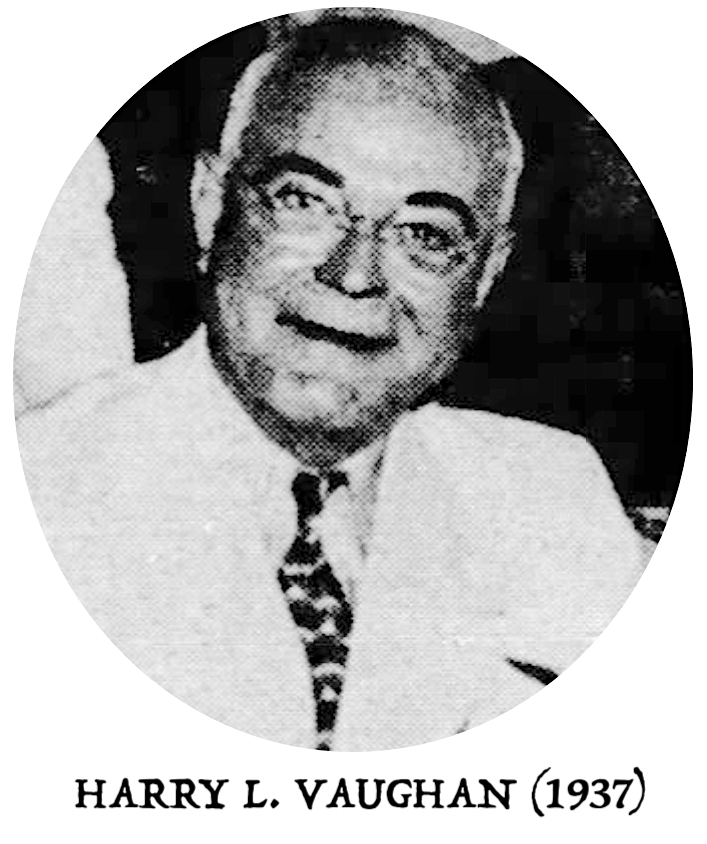
Harry was certainly successful, but not necessarily loyal. Just six months later, in the summer of ‘09, he cut bait with his new employer and bunked up with yet another corporate mistress.
“Henry L. Vaughan, formerly traveling representative of the New York Specialty Co., is now Western representative of the United Cork & Seal Co. of Millis, Mass.,” Brewers Journal reported, “and will maintain headquarters at Chicago. Mr. Vaughan is well known to the trade and we wish him abundant success in his new position.” [pictured: Harry Vaughan in his later years]
Well known, indeed. But again, not one to be tied down. Within a few months, Vaughan ended his tenure with United Cork, as well. Apparently nobody thought to make the guy sign a non-compete clause!
It’s not clear if Harry was playing a game with all these companies, absorbing their secrets then jumping to the next one, or if his naked ambition was simply wearing out his welcome with employers. Whatever the issue, Vaughan finally decided there’d be no point in seeking any more suitors for his services. He was ready to set out on his own.
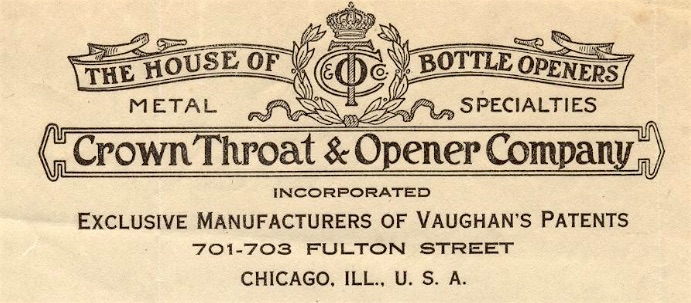
II. The Crown Throat and Opener Company
You can’t help but appreciate Harry Vaughan’s gumption; not just for starting his own company, but for opting to call it the “Crown Throat and Opener Co.” —a blatant attempt to piggyback off the trusted name of his former employer, Crown Cork & Seal. He would surprisingly keep this name for several years before doing the inevitable re-brand, likely under the threat of legal action.
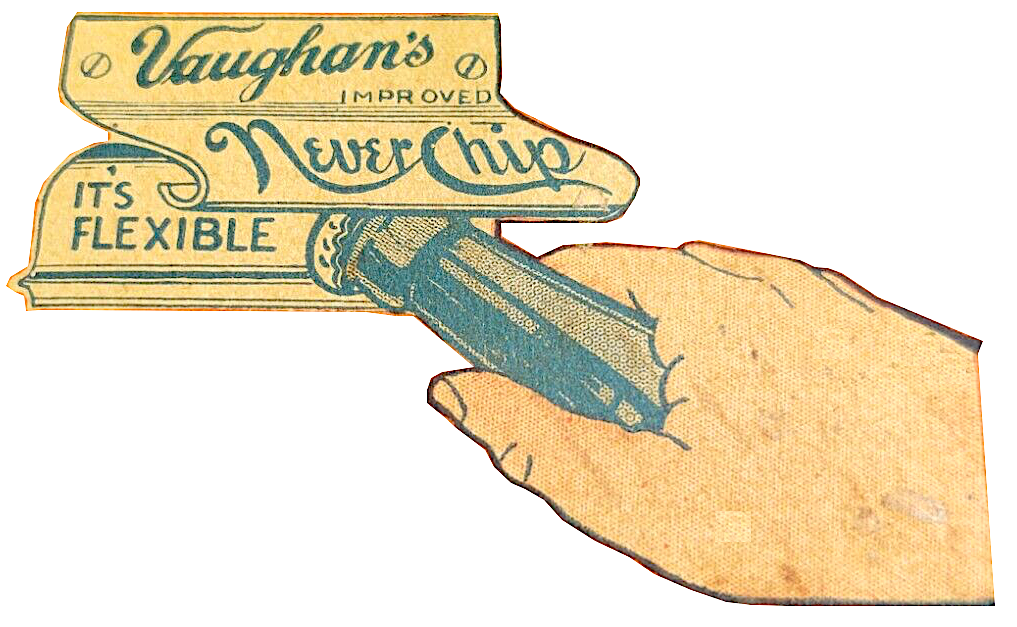 In the meantime, early ads for the Crown Throat & Opener Company wasted no time promoting its first flagship product, Harry Vaughan’s own “Never Chip”—hailed as “the best stationary crown bottle opener made.”
In the meantime, early ads for the Crown Throat & Opener Company wasted no time promoting its first flagship product, Harry Vaughan’s own “Never Chip”—hailed as “the best stationary crown bottle opener made.”
A 1910 edition of American Bottler magazine detailed Vaughan’s triumphant entry into the big leagues.
“To overcome the long-continued complaints of the bottling trade, the Crown Throat and Opener Company, of Chicago, Ill., after months of experimenting, have at last perfected an opener, which they have appropriately named ‘Never-Chip.’ It is a very simple device, easily and quickly attached to the bar, the ice-box, or any other convenient place. It has been thoroughly tested by all the large breweries, and found an absolute preventative of chipped bottles.”
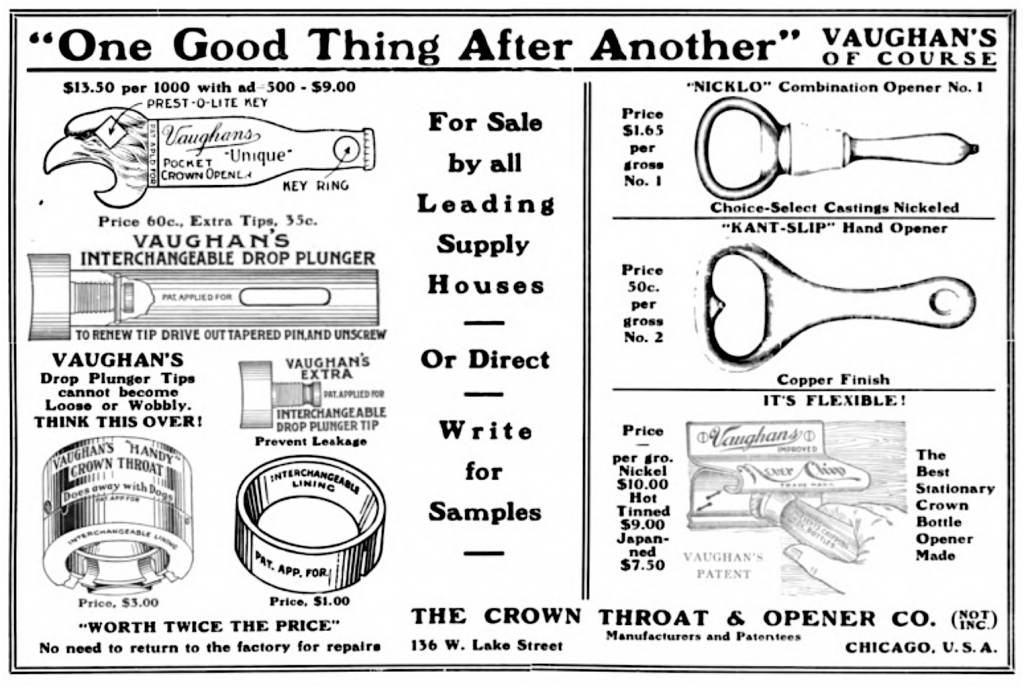 [Crown Throat & Opener Co. advertisement, 1912]
[Crown Throat & Opener Co. advertisement, 1912]
As the company name suggested, Vaughan was also making “crown throats” and drop plungers intended to help standardize the bottle-sealing process. Tighter closure, easier removal.
“Mr. Harry L. Vaughan, inventor of these devices . . . is naturally familiar with every detail of the requirements of their manufacture.”
The original Crown Throat factory was located at 136 W. Lake Street, and by 1911, local sales agents were being recruited via ads in the Tribune’s classifieds.
“WANTED: Agents to sell ‘A REAL HOME NECESSITY.’ Vaughan’s Improved Never-Chip Stationary Crown Bottle Opener. It’s always ready for use and so simple a child can remove the tin caps easily and quickly. Made of steel and beautifully nickeled. Send 15c for sample and quantity price. Dept. A, THE CROWN AND THROAT AND OPENER CO., 136 W. Lake, Chicago.”
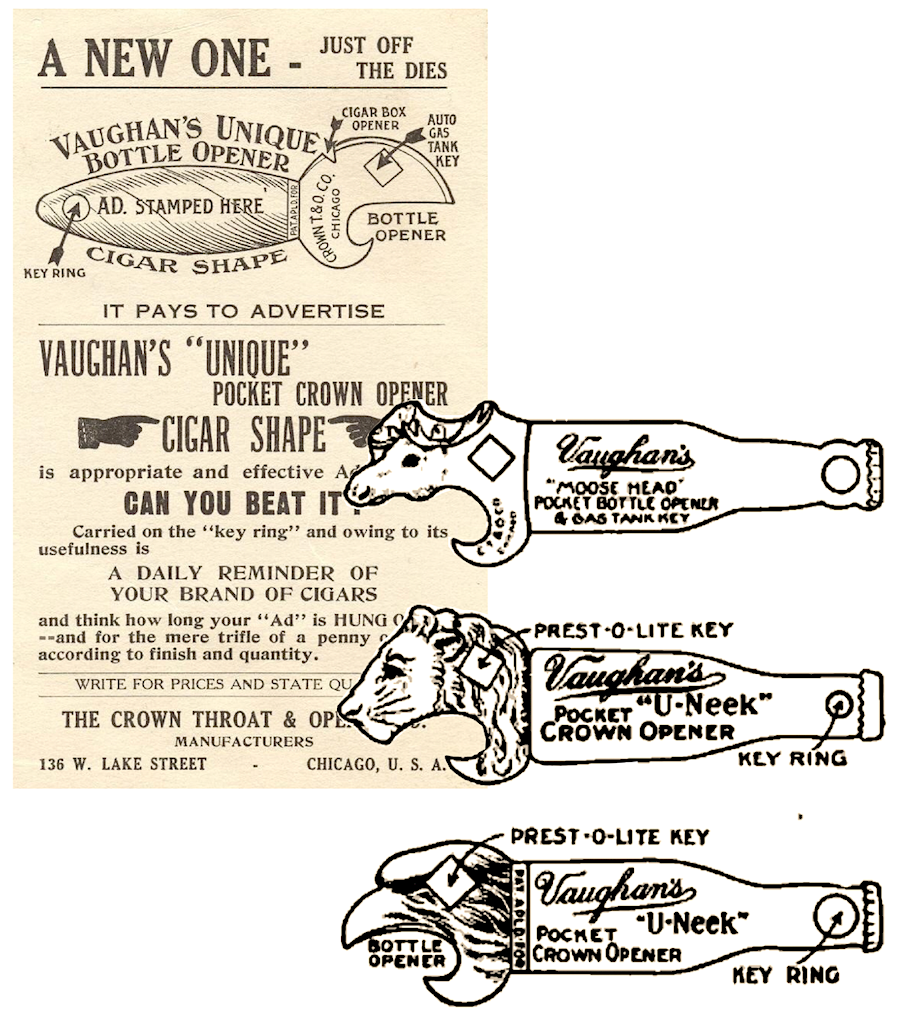 Crown Throat’s national advertising campaigns touted its products as “One Good Thing After Another,” and called the Never-Chip “The Bottler’s Bottle Insurance.” Harry Vaughan’s name was also increasingly emphasized as a brand unto itself.
Crown Throat’s national advertising campaigns touted its products as “One Good Thing After Another,” and called the Never-Chip “The Bottler’s Bottle Insurance.” Harry Vaughan’s name was also increasingly emphasized as a brand unto itself.
“VAUGHAN’s Opener,” one ad read, “is a boon to the bottling trade; and indispensable for use on machine-made, or, in fact, all perfectly finished Crown bottles.”
Along with the wall-mounted Never-Chip, Vaughan was also producing quite modern looking, pocket-sized bottle openers like the nickeled “Nicklo”, the copper finished “Kant-Slip,” and the key-ring friendly “Prest-O-Lite.” A line of “U-Neek” brand bottle openers / key rings also showcase how stylized and playful this once utilitarian product had already become in the 1910s. Some designs crafted the jaws of fearsome animals as the crown cap remover (moose, lion, eagle, etc.), while others were fashioned in the form of a female body. One such design came in two styles, one in which the stretched out lady was fully clothed (“The Suffragette”) and one in which she had yet to dress herself (“Early Morn”).
Production slowed during World War I, but Vaughan pushed forward, moving to a larger space at 711 W. Fulton Street. By 1915, the Crown Throat name had finally been scrapped, and—in a wise effort to leave the door open to more types of tools and gadgets—the Vaughan Novelty MFG Co. was born.

III. The Great American Novelty
The onset of the 1920s saw Vaughan Novelty relocate to what would be its primary home of the next 40+ years—a one-story, 100 x 100 ft. factory at 3211 W. Carroll Avenue in Garfield Park, built for just $25,000. This wasn’t exactly a sprawling operation, but when most of your goods fit in a person’s pocket, a lot of stock can move from a pretty small room.
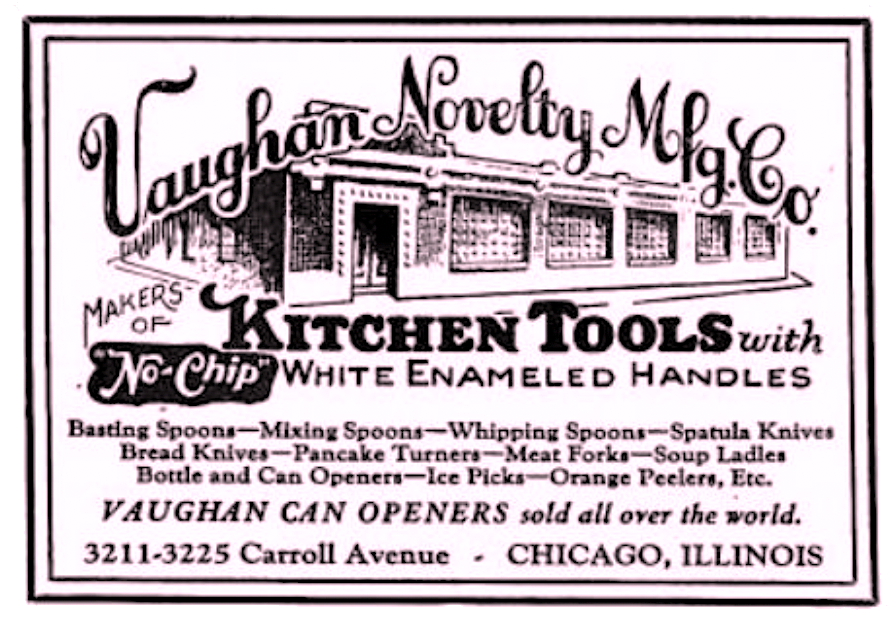 One newspaper report at the time now identified Vaughan as a “manufacturer of advertising specialties,” a frivolous sounding trade that was becoming a powerful and lucrative industry in the Roaring ’20s.
One newspaper report at the time now identified Vaughan as a “manufacturer of advertising specialties,” a frivolous sounding trade that was becoming a powerful and lucrative industry in the Roaring ’20s.
Vaughan did do some straight-to-consumer marketing, and they sold self-branded “VAUGHAN” gear direct to hardware stores and pharmacies. More of their revenue, however, was coming from arranged deals with other companies, in which Vaughan—acting like a pseudo advertising agency—customized its products with its clients’ names emblazoned on the metal.
Since many can and bottle producers were essentially dependent on their consumers having one of these Vaughan tools at their disposal anyway, the relationship was almost too practical to pass up. Canada Dry, for example, could order a giant stock of Canada Dry bottle openers from Vaughan, then package those openers as “giveaways” with a six-pack of their ginger ale.
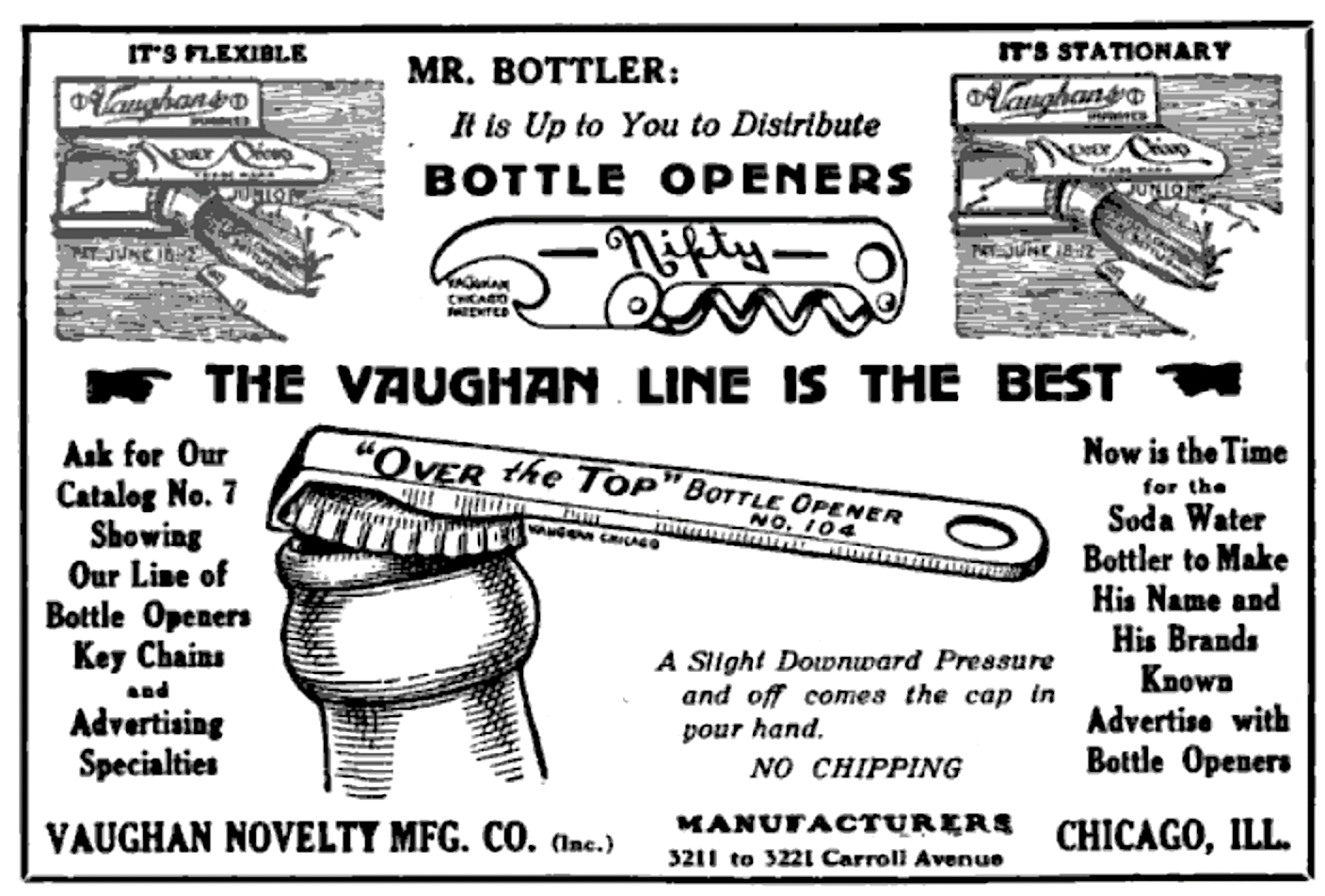
“Now is the time,” a 1922 Vaughan ad claimed, “for the soda water bottler to make his name and his brands known. Advertise with Bottle Openers.”
Targeting the “soda water bottler” was, of course, a consequence of Prohibition. With alcohol now illegal, and no way to sell accessories to breweries and barmen above ground, Vaughan had to expand into new markets, including soda, dairy, and baked goods. The company started making more milk bottle carriers and cap lifters, mini spatulas for making pies, orange peelers, cork screws, ice picks, lemon squeezers, can openers, corn forks, and the aforementioned Perfo-Siphon—“the perfect mixer for blending fruit juices.” A patented cap lifter / corkscrew combo called the “Nifty” was another consistent hot seller.
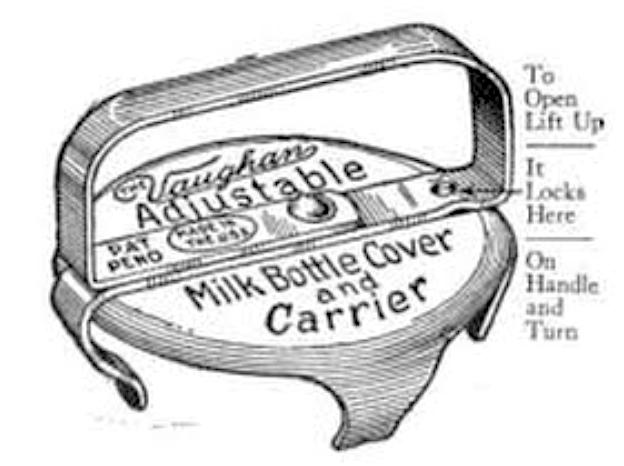 Supposedly, even some of the prizes in Cracker Jack boxes originated from the Vaughan factory. It was, as the name would suggest, a true novelty company.
Supposedly, even some of the prizes in Cracker Jack boxes originated from the Vaughan factory. It was, as the name would suggest, a true novelty company.
Through it all, Harry Vaughan was always very hands-on in every aspect of his business, from collecting patents on new designs to training the sales team and expanding the clientele both within the trade and out in the general public. He kept up these efforts despite a series of personal losses, highlighted by the deaths of three of his brothers—William, Millard, and Dudley—all in a four year span between 1919 and 1923 (Dudley Vaughan was also vice president of the company at the time). To cope, Harry seemed to embrace the bottling industry as his surrogate family, and as a nice bonus, they were making him a wealthy man.
“The ever growing business coming to me from all sections of the world,” Vaughan wrote in the intro to his 1927 catalog, “serves to increase the feelings of responsibility I have always felt towards my friends among the Bottlers. Their loyalty incurs upon me the duty not only of maintaining the quality and service that brings me their yearly specifications, but of constantly improving, by every possible means, the machinery of factory and office by which I serve these valued friends.”
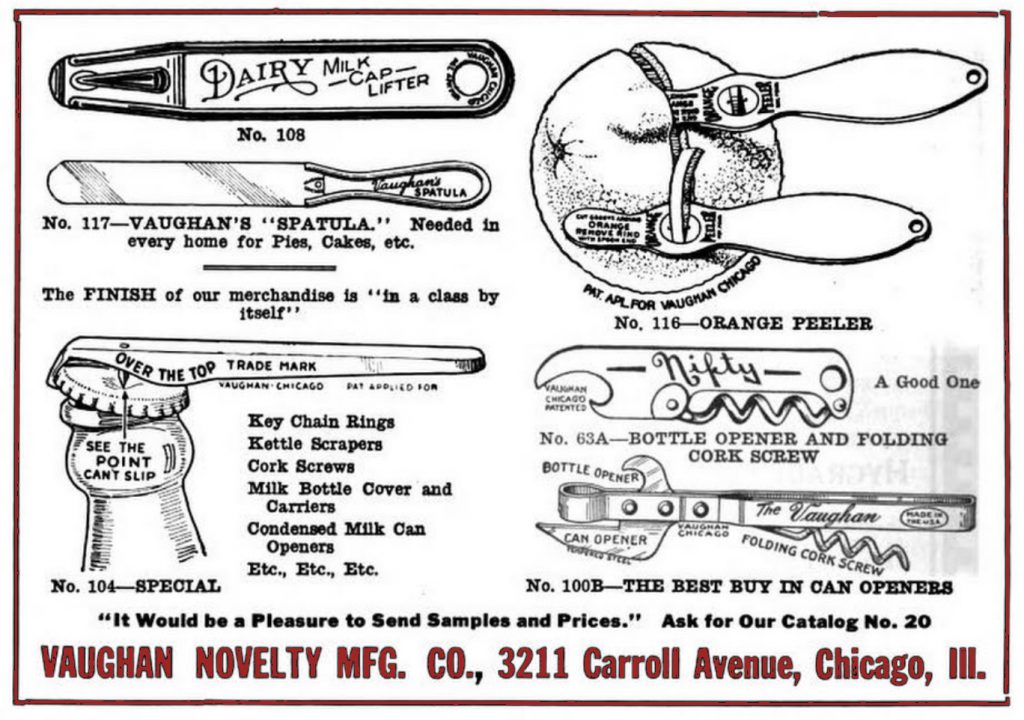
IV. Beer’s Back!
The Vaughan Novelty MFG Co. hadn’t exactly struggled during Prohibition, but they certainly were chomping at the bit when the 18th amendment was repealed in 1933. Shortly thereafter, a series of new steel-wire bottle cap removers were introduced for the traditional crown-style beer bottle, and, by 1935, the Vaughan “Quick & Easy” can opener became the No. 1 way to crack open a brand new canned brew.
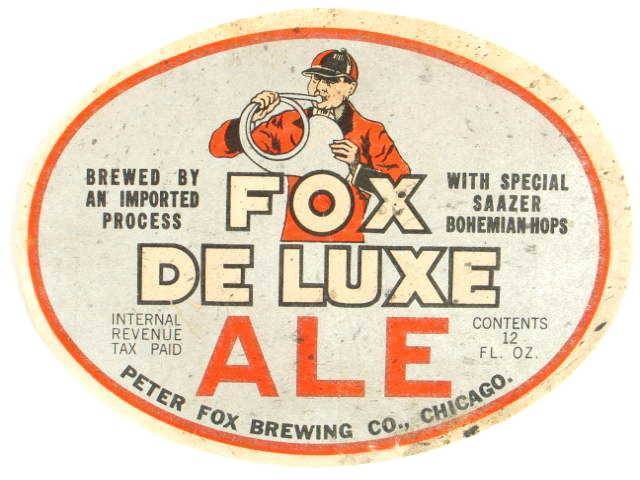 Around the same time, an opportunistic businessman named Peter Fox purchased the former Hoffman Bros. brewery in Chicago at 2626 W. Monroe Street, eager to bring it back to its former glory. Embracing the canned beer trend, the Peter Fox Brewing Co. built up a regional following over the next few years, enabling Fox to buy out additional breweries in Marion, Indiana, and Grand Rapids, Michigan, in the 1940s. Naturally, he also signed a deal with Vaughan Novelty to produce exclusive Fox DeLuxe openers.
Around the same time, an opportunistic businessman named Peter Fox purchased the former Hoffman Bros. brewery in Chicago at 2626 W. Monroe Street, eager to bring it back to its former glory. Embracing the canned beer trend, the Peter Fox Brewing Co. built up a regional following over the next few years, enabling Fox to buy out additional breweries in Marion, Indiana, and Grand Rapids, Michigan, in the 1940s. Naturally, he also signed a deal with Vaughan Novelty to produce exclusive Fox DeLuxe openers.
We can pretty easily surmise that the particular Fox DeLuxe + Vaughan artifacts in our museum collection were made in the late 1940s or early ‘50s. Metal rationing had made both beer cans and can openers relatively obsolete during the war years, and the Peter Fox Brewing Company went out of business by 1955, so we’re left with a fairly small window for these things to have been commissioned. We can also verify that Fox was using its “Great Chicago Beer” slogan during the same era, bringing the timeline together.
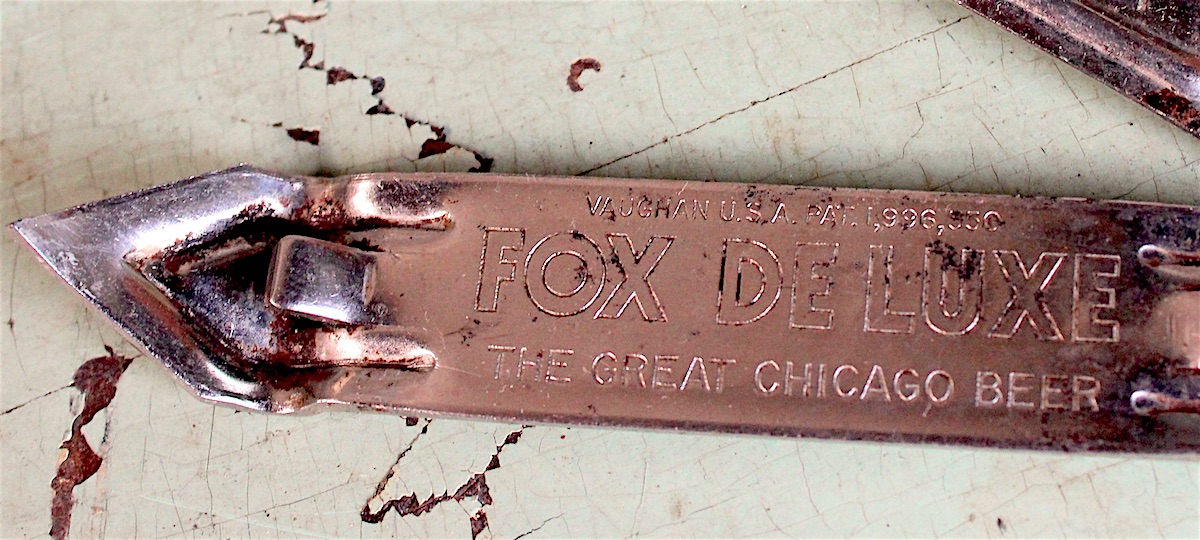
[Incidentally, the Fox DeLuxe brand didn’t completely die with its parent company. It remained in circulation under new, non-Chicago ownership through the 1960s, and was recently revived again in 2017 by the Creston Brewery in Grand Rapids, MI, although the new version doesn’t appear to have any connection to the original recipe.]
Again, it’s worth emphasizing that all production of Vaughan’s usual line of products was brought to a screeching halt during World War II. For a solid four years, from 1942 through 1945, the Carroll Avenue plant was an appendage of the U.S. government, making bomb fuses for the Army and Navy. It was a profitable enterprise, but it also left the company a bit rusty and unprepared when the war ended, as the peacetime demand for can openers ramped up.
“Canned beer is back,” the Decatur Herald reported on July 15, 1947, “but its return has accentuated another postwar shortage—the beer can opener.
“Vaughan Novelty Manufacturing Co., which claims to be the world’s largest manufacturer of can openers, said today a pressing demand has forced it to expand facilities and that it soon would be producing 100 million beer can openers a year.”
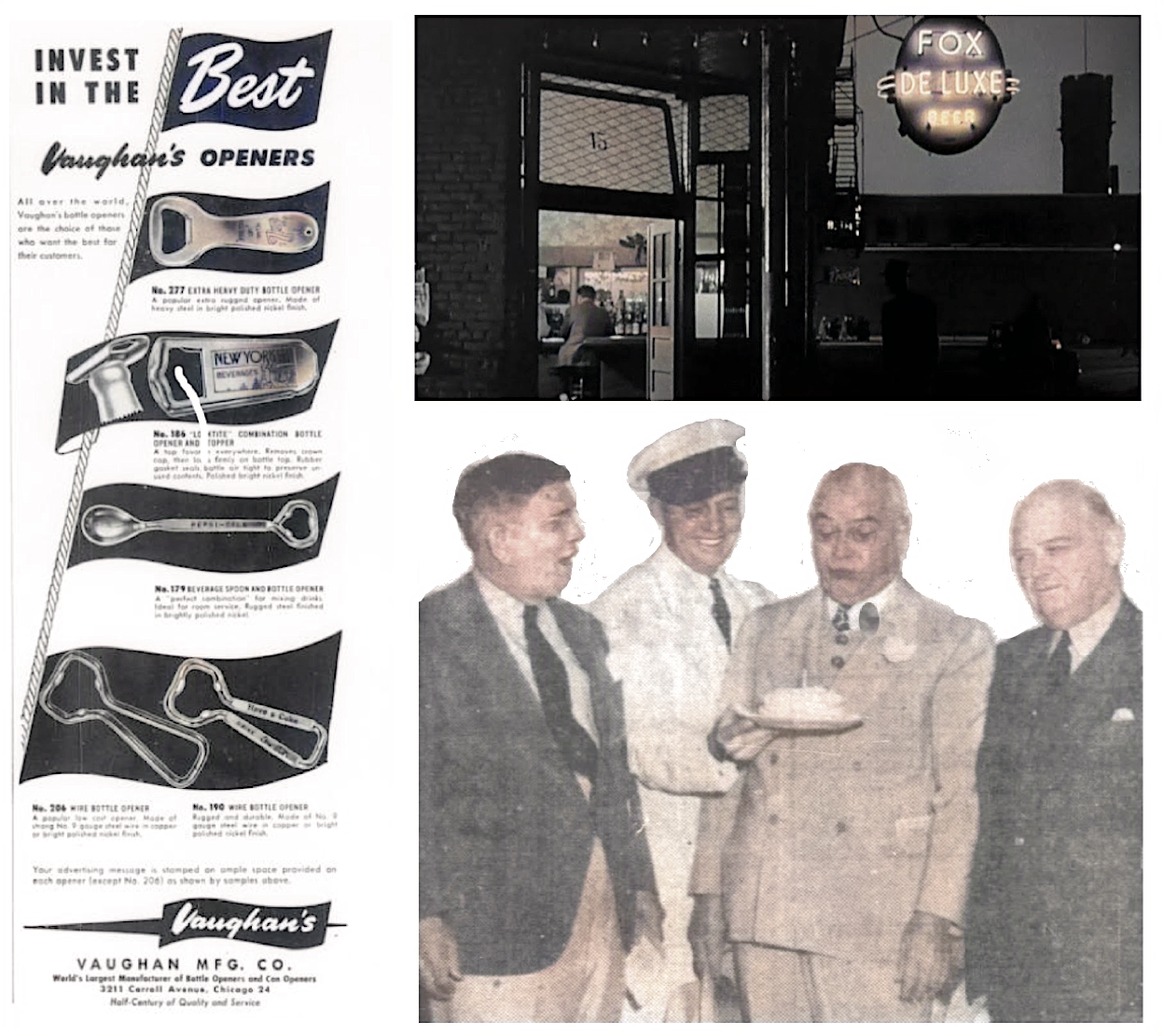
[Left: 1950 ad for Vaughan’s Openers. Top Right: Fox DeLuxe neon sign, circa 1940s. Bottom Right: Harry L. Vaughan is presented a cake on his 70th birthday, 1941, while attending his favorite race track in Miami, Florida]
V. The Post-War Era
Sadly, Harry Vaughan never got to see his business return to its usual peacetime affairs. He died of pneumonia in 1945 at the age of 74.
Though he was still the president and treasurer of Vaughan Novelty at the time, he had long since moved into a life of pseudo-retirement, marrying his wife Dora late in life and spending much of the ‘30s and ‘40s jetting back and forth from high society events in their adopted second home of Miami. Back in Chicago, the pair were living in a swank apartment in the Edgewater Beach Hotel, with Harry leaving much of his company in the hands of his longtime second-in-command, John M. Grace.
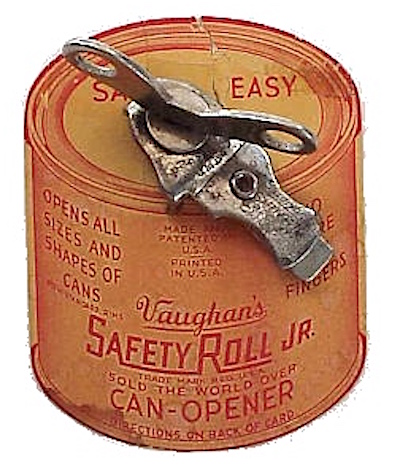 In June of 1948, with Grace now serving as president, a small Garfield Park newspaper, the Garfieldian, published a story on the local business done good.
In June of 1948, with Grace now serving as president, a small Garfield Park newspaper, the Garfieldian, published a story on the local business done good.
“Cruising right through the years when solid housewives frowned on the flip young bride with a busy can opener,” the paper reported [weirdly], “the Vaughan company grew to become the world’s largest producer of can and bottle openers.
“. . . Still operating on its original [not actually original] site at 3211 Carroll, the factory, officially Vaughan Novelty Manufacturing Co., employs 125 persons whose main work is the production and packing of the openers.
“. . . Manufacture of the openers is mostly a punch press operation. One of the liquid can openers is turned out complete by a punch press at the rate of 100 per minute. After punching the openers, or parts in some cases, they are rolled for many hours in drums filled with metal pellets or sand. This rolling action knocks off all sharp edges which may be left by the presses, and polishes the openers to a bright finish. Completed openers may be stapled on an instruction card or packed in boxes for distribution to stores or beverage companies.”
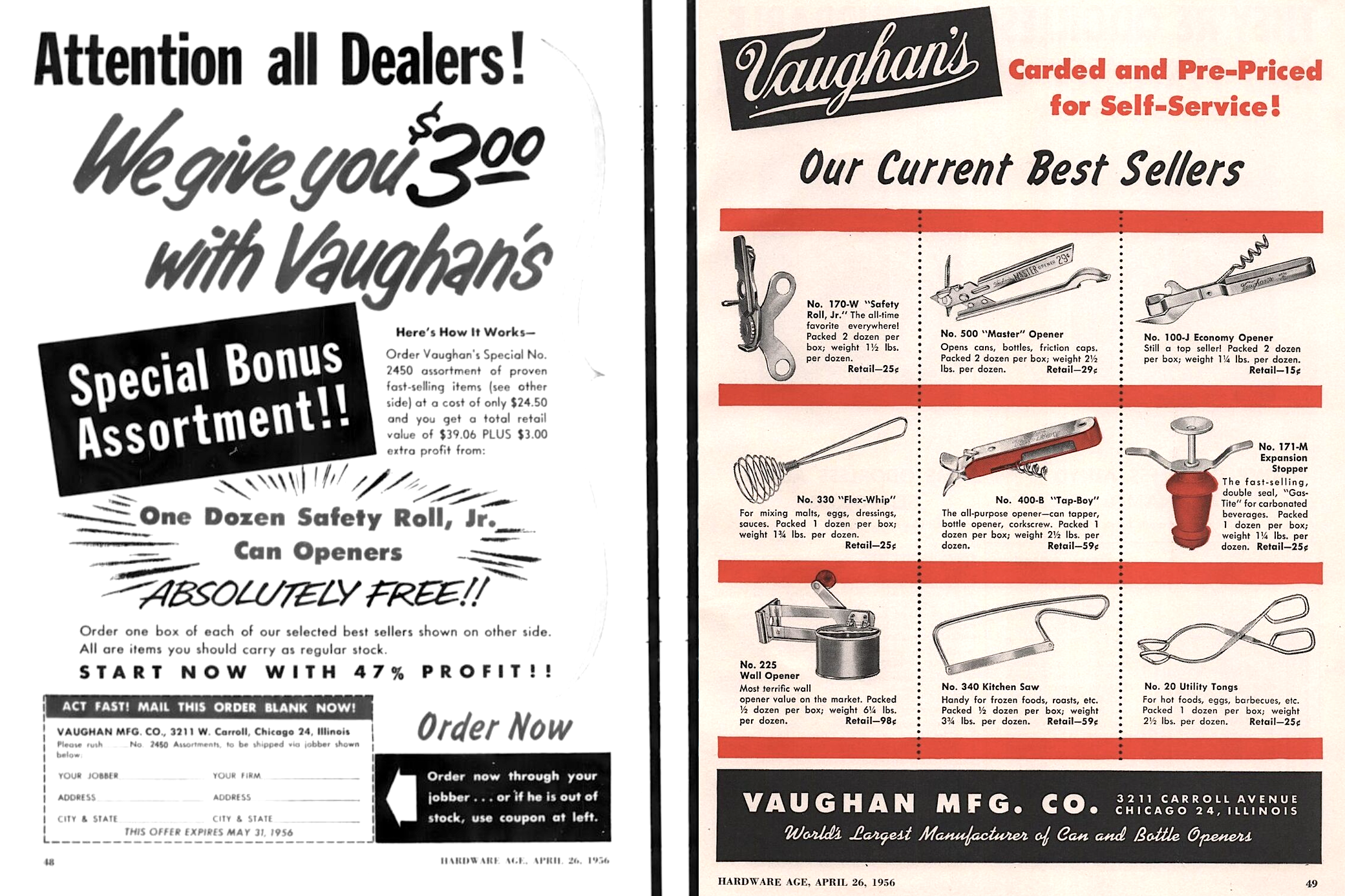
[Among the “best sellers” featured in the 1956 Vaughan ad above is the No. 171M Expansion Stopper, aka the “Grip Tite Bottle Stopper,” as featured in our museum collection.]
VI. The Curtain Closes on the Opener Business
One could say that the first hints of Vaughan’s eventual demise started appearing way back even before the war, as people were already experiencing a certain familiar annoyance.
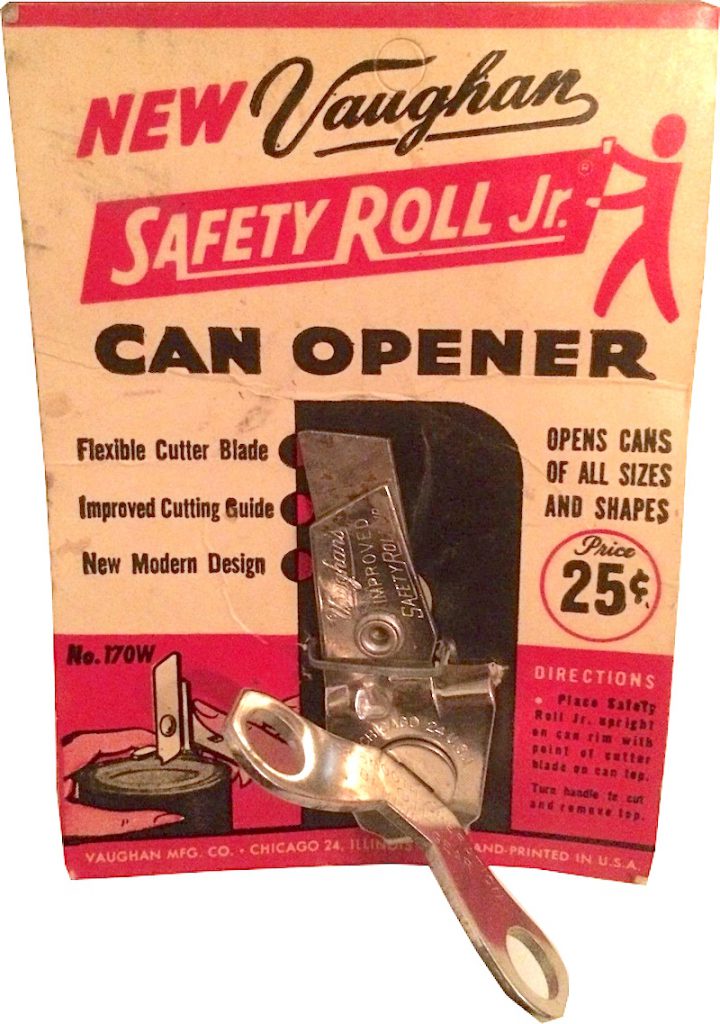 Forbes magazine founder B. C. Forbes wrote a syndicated column in 1940 in which he referenced the “necessity for having either a can opener or bottle opener at hand before various products could be used,” and pondered more convenient alternatives.
Forbes magazine founder B. C. Forbes wrote a syndicated column in 1940 in which he referenced the “necessity for having either a can opener or bottle opener at hand before various products could be used,” and pondered more convenient alternatives.
In the same article, the Vaughan Novelty MFG Company’s executive vice president, R. C. Harris, offered a statement on the subject: “The point you make about the bottle cap with the tab, which requires no opener, is well taken,” he said. “There are many angles to consider. One is the cost of the tab. Another is the employment furnished in manufacturing can and bottle openers—over 50,000,000 openers are distributed annually . . . We have constantly worked with can manufacturers and are now supplying one of our regular can openers with a can-punch built into the opener.”
Forbes seemed unimpressed. “My contention,” he concluded, “is that, if possible, every unit of merchandise should be made ready to be used without the necessity of having to find some contrivance.”
Calling Vaughan’s primary product a “contrivance” is a bit brutal, but over time, many shared the opinion, and new technology has borne out society’s preference for something quicker and easier than “Quick & Easy.”
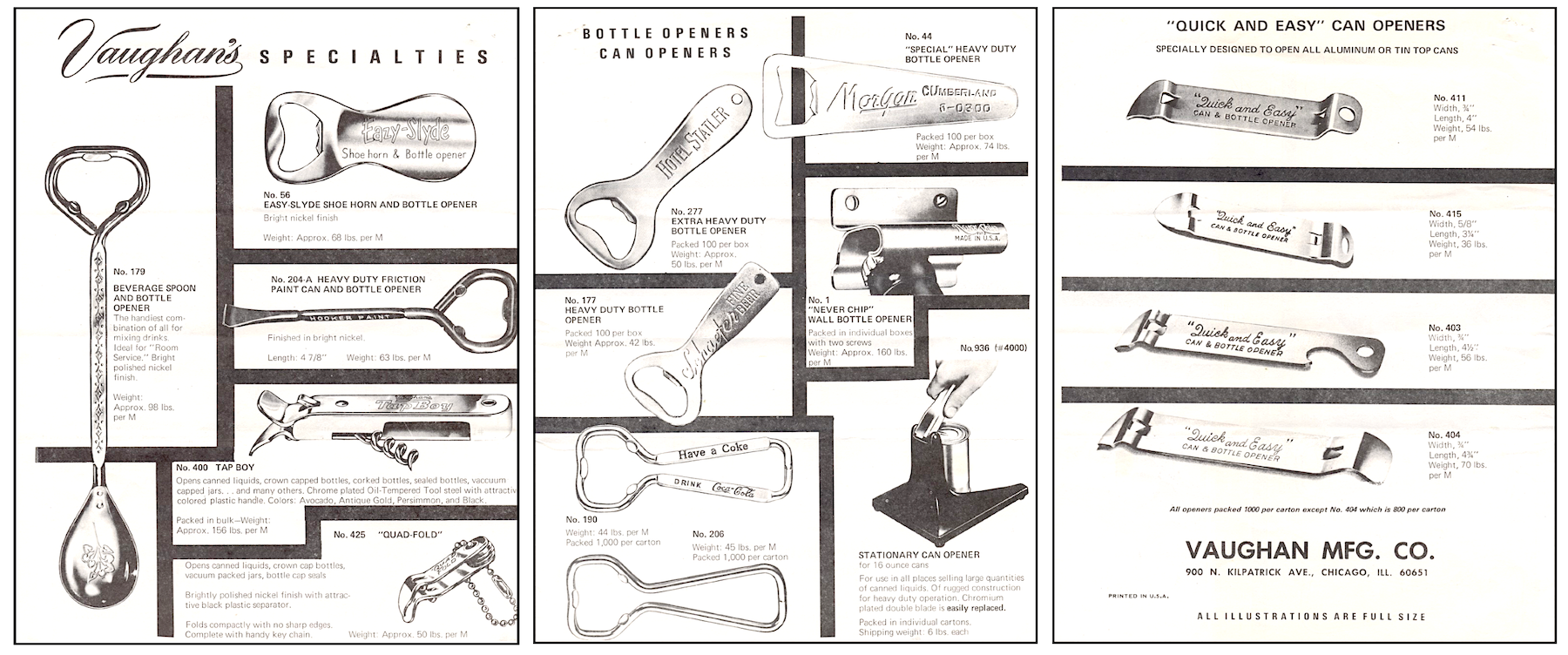
[Vaughan catalog pages, circa 1970]
Perhaps sensing the oncoming tide, president John Grace had the name of the company officially changed in 1950 to the Vaughan Manufacturing Co., dropping the “novelty” part in order to seem, perhaps, a bit more serious.
The inevitable arrival of the pull tab on soda and beer cans, however, cut deeply into Vaughan’s can opener sales from the 1960s onward. Screwtop lids on bottles was a further insult. And new competition from cheaply made imported openers backed Vaughan into a corner.
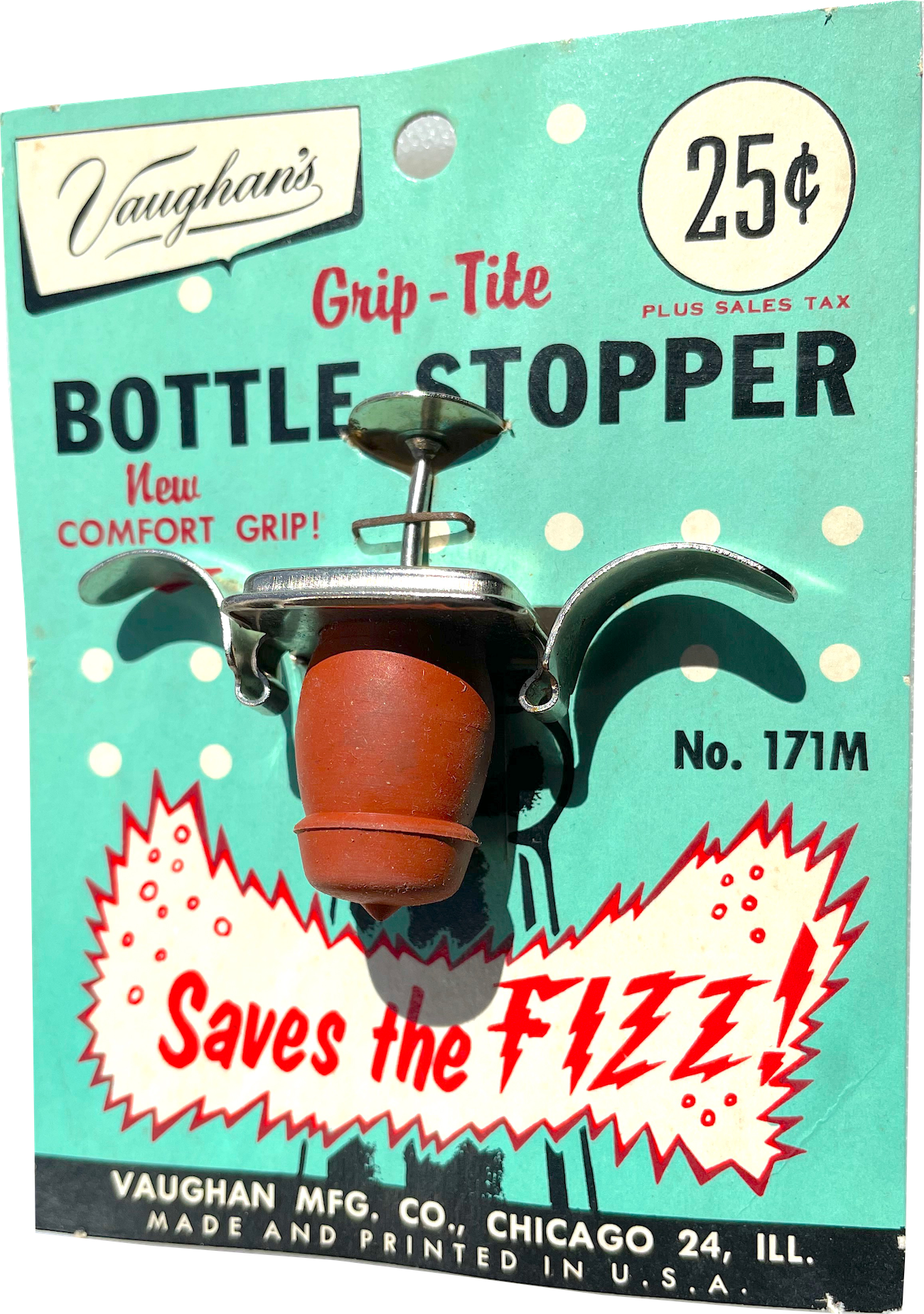 Even so, as late as the 1970s, Vaughan’s own catalog copy still referred to the company as the “largest manufacturer in the opener field,” with “maximum usefulness and attractiveness” built into each product. “We will strive to improve our industry for the mutual benefit of our customers and ourselves.”
Even so, as late as the 1970s, Vaughan’s own catalog copy still referred to the company as the “largest manufacturer in the opener field,” with “maximum usefulness and attractiveness” built into each product. “We will strive to improve our industry for the mutual benefit of our customers and ourselves.”
Bold goals not withstanding, Vaughan had already been forced to relocate by this point, leaving the old Carroll Avenue factory not for a fancy new facility, but for the rundown former plant of the Vanderkook & Sons printing press company at 900 North Kilpatrick Avenue.
The business appears to have ceased operations around 1984, but information is frankly scant when it comes to the later years. If you can connect the dots for us on the collapse of this once mighty can opening empire, please let us know.
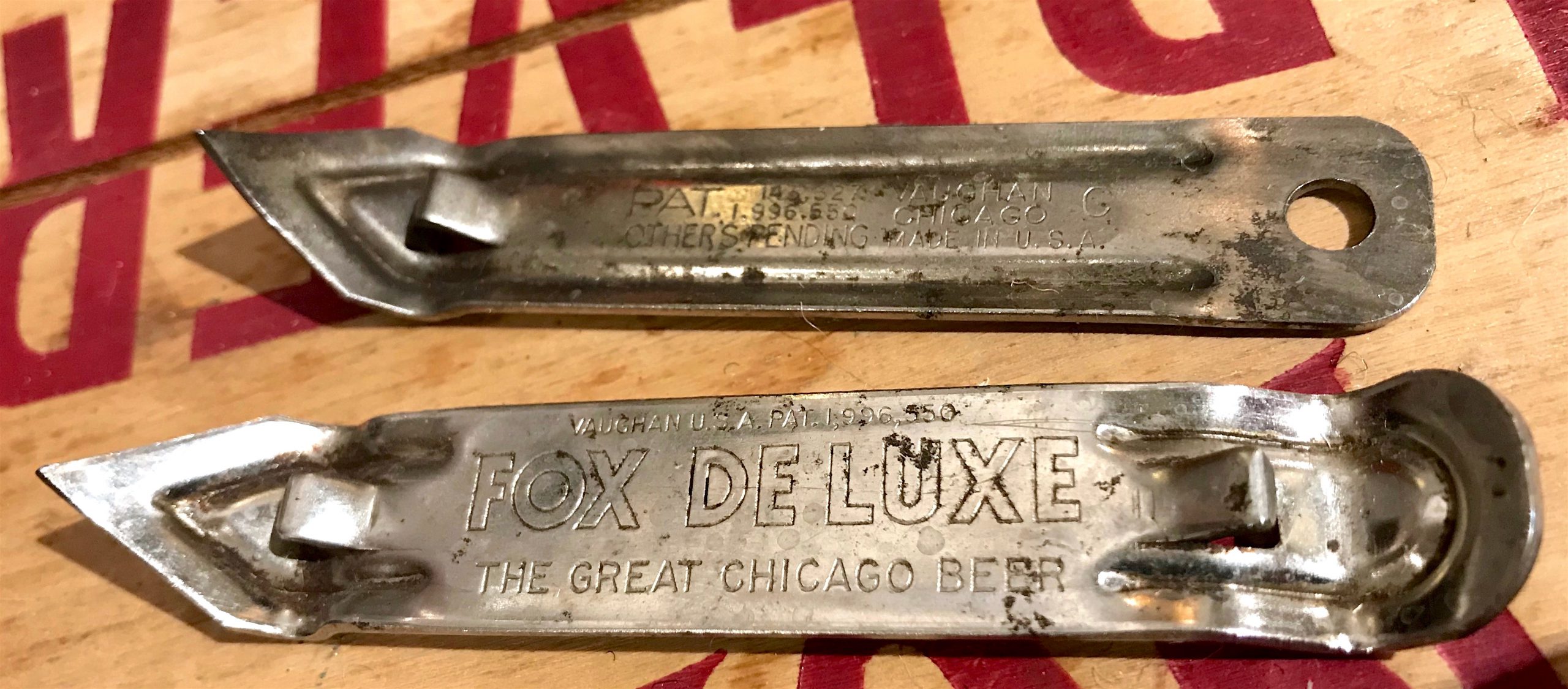
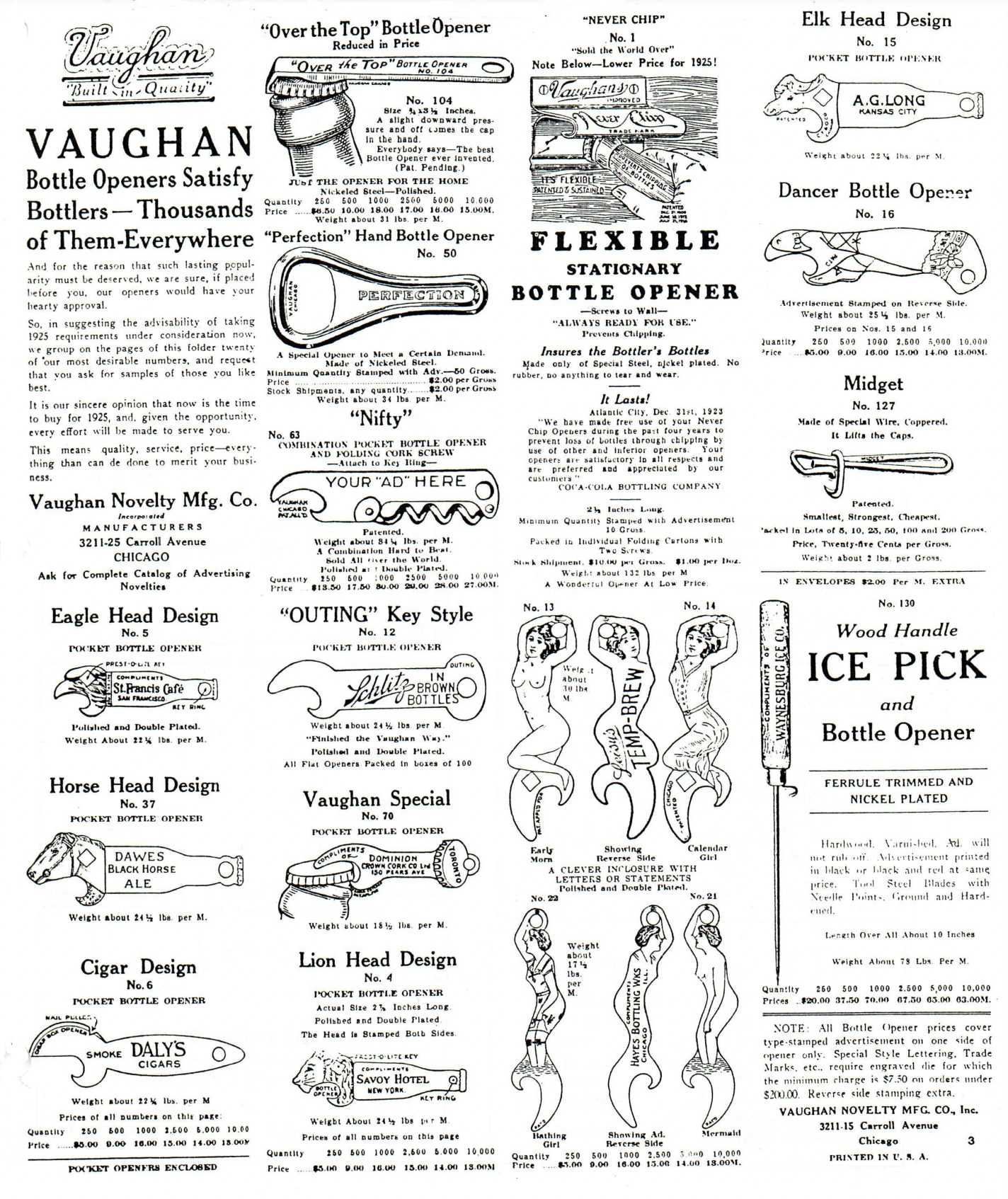 [1924 Vaughan catalog]
[1924 Vaughan catalog]
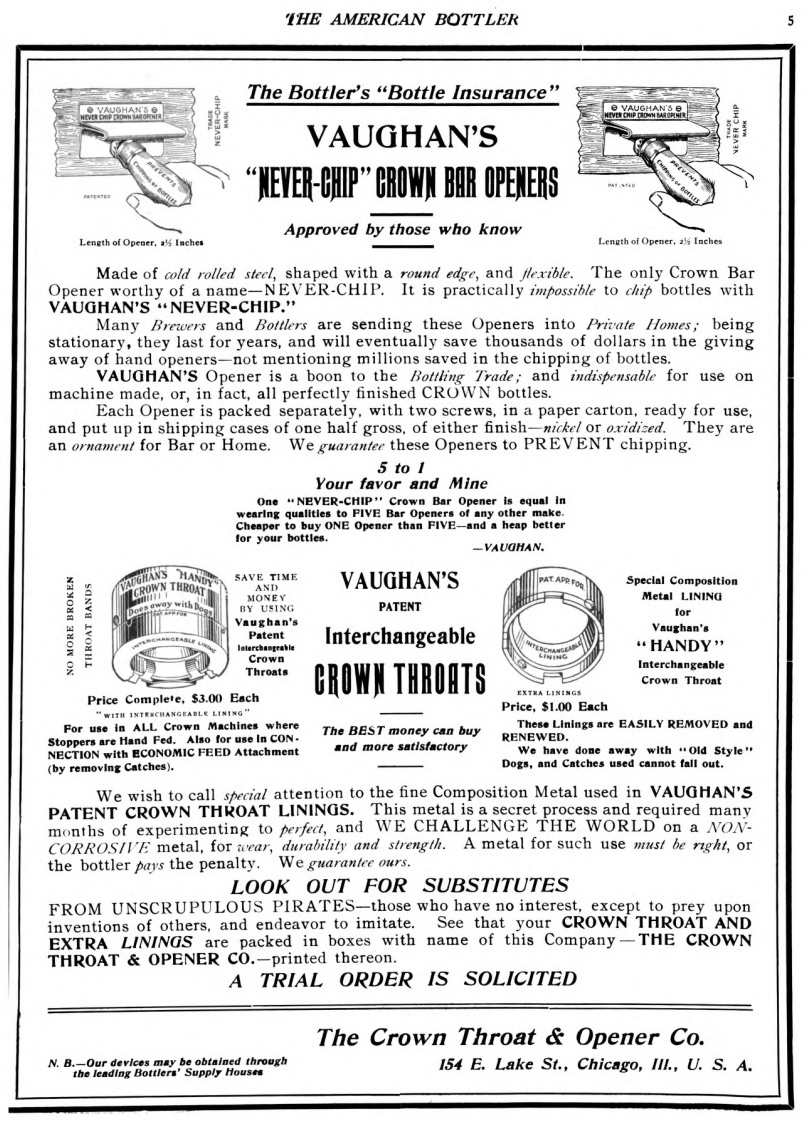
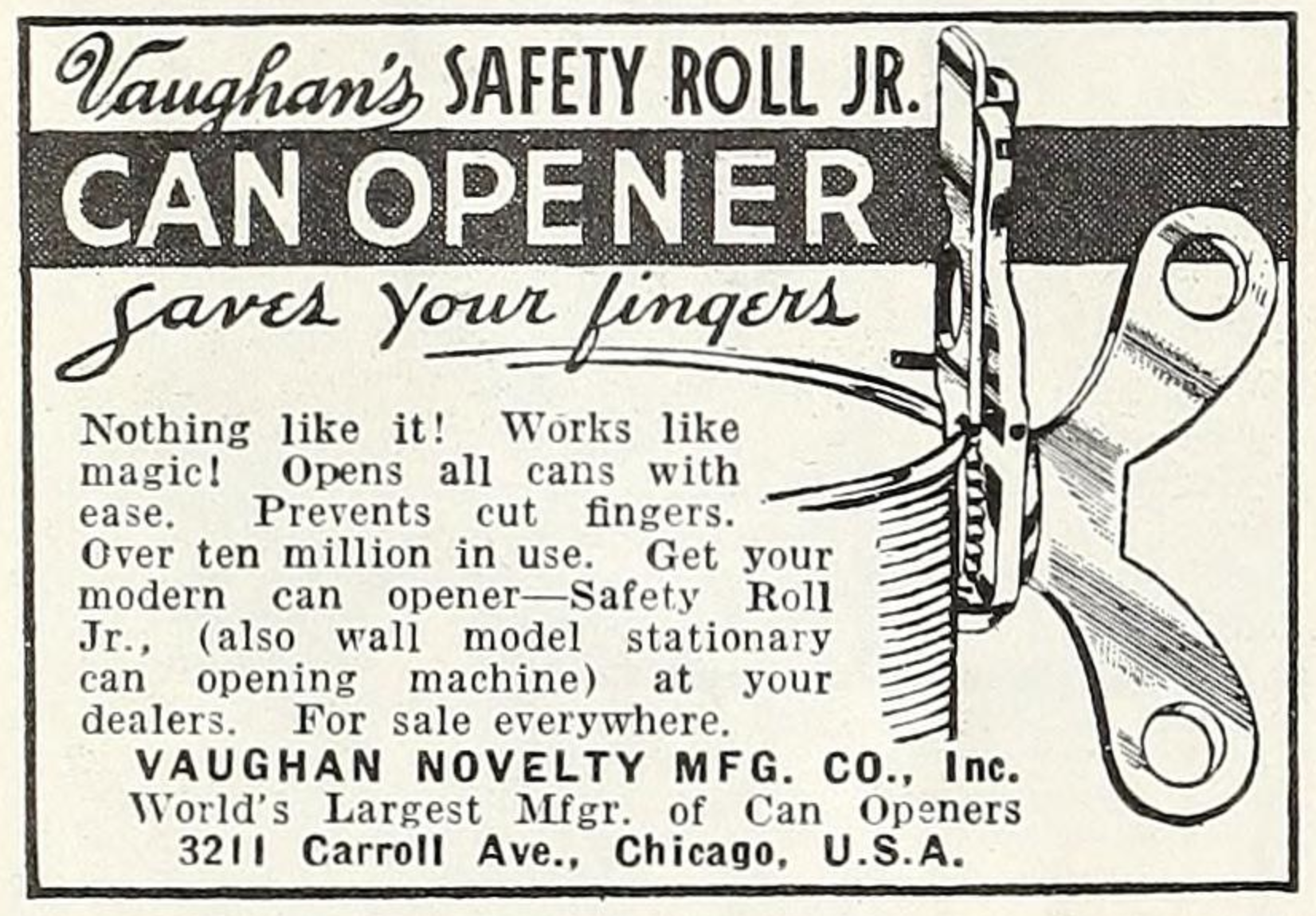
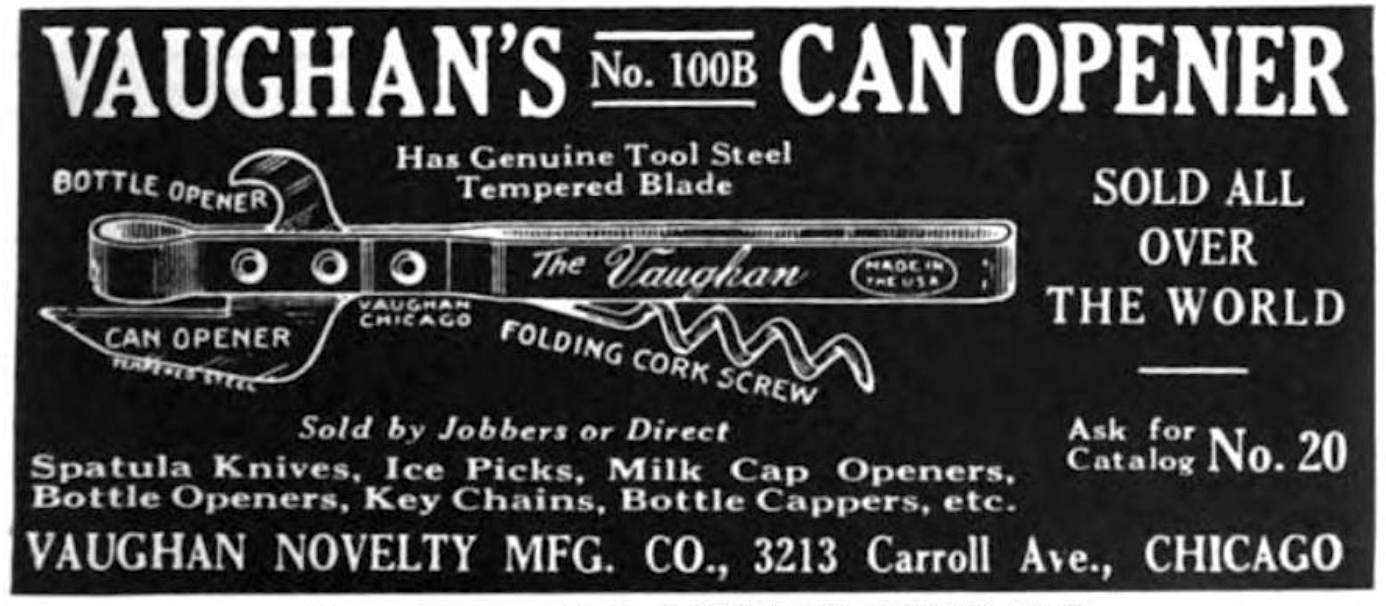
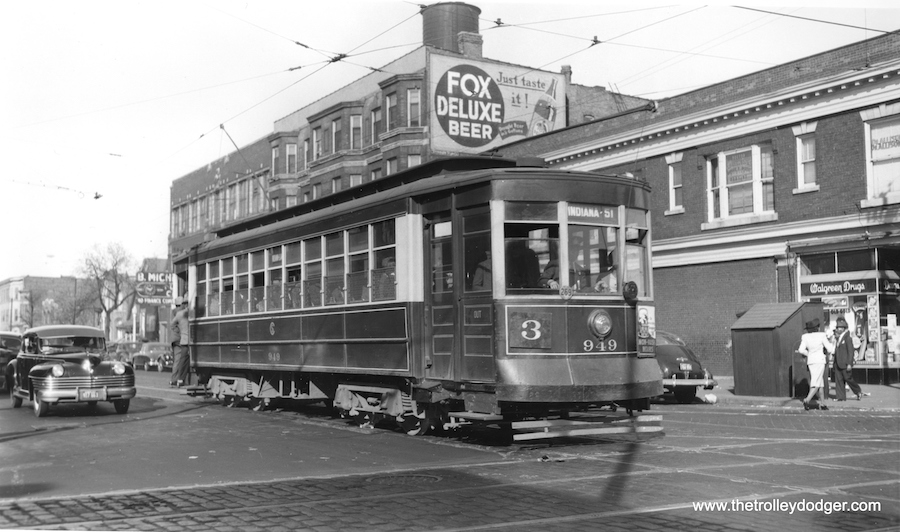
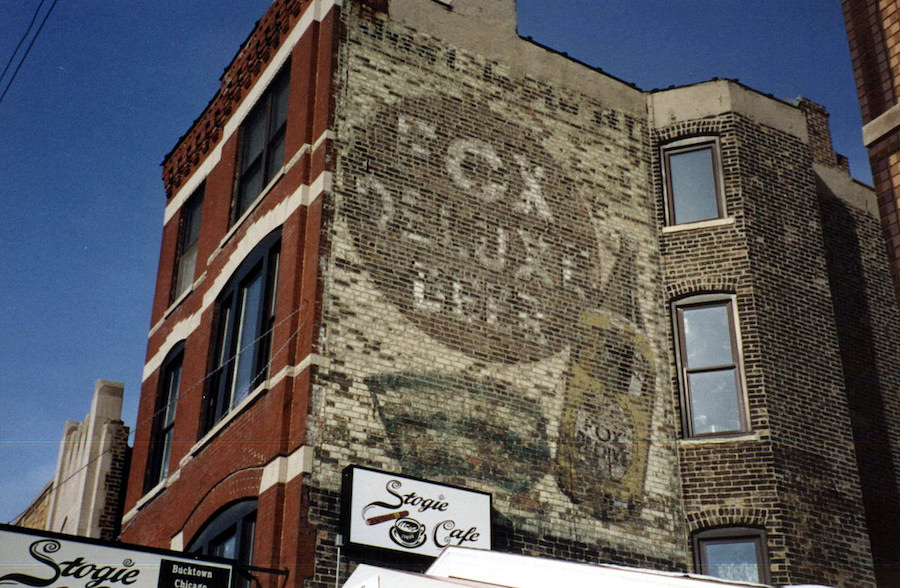 [Fox Deluxe ghost ad at 1635 N. Ashland Ave.]
[Fox Deluxe ghost ad at 1635 N. Ashland Ave.]
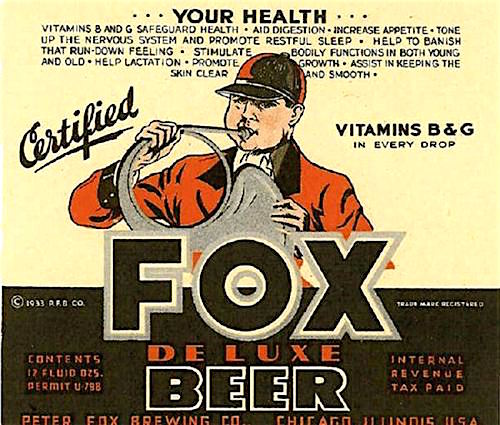
SOURCES:
“Lull in National Economic Upturn Analyzed by Forbes,” The News-Palladium, Benton Harbor, MI, Feb 2, 1940
Brewer’s Journal, Vol. 34, August 1909
“Track Luncheon Hour at Hialeah Park” – Miami Daily News, Jan 29, 1937
“Opener Expert Offers 60 Styles” – The Garfieldian, June 10, 1948
“Container Opener” Patent 1,996,550, 1935
“Bottle Opener” Patent 1,490,149, 1924
“Heart Disease Terminates Dr. Vaughan’s Useful Career” – Courier-Journal (Louisville), April 8, 1898
“Canned Beer Back, But How to Open the Cans Is Another Problem” – Decatur Herald, July 15, 1947
“Ghosts of Breweries Past,” Beervana Blog
“Vaughan Novelty MFG Co.” by Donald Bull, Bullworks.net
“Just For Openers from 1892 to the Present: A short history of bottle openers,” by John Stanley, go-star.com
“Bottle Insurance” – American Bottler, vol. 30, 1910
American Brewers’ Review, vol. 23, 1909
“Just For Openers” Newsletter, October 2010
Archived Reader Comments:
“I remember Mr. Vaughn, and helped tend his bulldog when he went south, on vacation. My friend’s father Hugh Feely worked at the factory. If I remember right, Mr. Vaughn vacationed in Cuba. During the war, Hugh Feely brought home things to put together for some use in the war, and I helped put the springs on the brass metal part, and filled each box with these. Mr Feely was very close to Mr. Vaughn, and I was close friends with Sonny Feely, Hugh’s father. We used to go to the factory on Carroll often in the summer, and I remember the salt tablets in the containers around the factory. I never even knew the Mr. Vauhn’s first name. In those days, it was always Mr. or Mrs. with their last name only.” —Beverly Holcomb, 2018
“I still have the container opener and it is dated 1935. I remember using this as a child. I just used it today! ” —Lori A. Horner, 2018
” —Lori A. Horner, 2018
“I still have the bottle opener with the cork screw. Have used many times thru out the that have had it. I keep it with my utensils so that I don’t lose it. Can’t be without it.” —Peter Orta, 2018

I have a spoon bottle opener with VAUGHAN CHICAGO on it and on the reverse side it says
THE THUNDERBIRD HOTEL LAS VEGAS NEVADA. Is it of any value? If the company is interested, I would be willing to donate it.
When was the lemon lime squeezer manufactured ?
It shows Vaughn co
Chicago on one of the handles
The #500 opener, shown in the 1956 ad – do you know when it was introduced? Patent no. 177,041. I have the one from my childhood home, as it was still in the kitchen drawer when my mother passed away. Thanks.
How old is a Vaughn’s master opener 29
Pat.no.177041?
I have a tool that clamps to a table (like a meat grinder) and has a down facing shute on each side.
There are two rollers inside; one has markings on it the other is plain.
Could you tell me what it is.
It is stamped “Vaughn Novelty Mfg Co. Inc.
Chicago I’ll. Made in USA
We have a pea sheller and bean slicer from Vaughan Novelty Mfg Co. #550 in original box w/ instructions. My mother bought in the 30’s and used it for years. I have it now and will continue to use it. Do you have any information on it?
I collect pocket matchbook holders, a 20th century version of the match safe, which held a paper matchbook rather than loose stick matches. Vaughan produced aluminum and nickel-plated brass examples beginning in 1922. There was a patent pending that probably covered a finger tip sized hole in the back of the holder which would have made it easier to remove an empty matchbook after the 20 matchsticks were used. All of the 12 Vaughan examples in my collection are inscribed (around the hole): “Push Out Here. Pat. Pend. Made in U. S. A.” Eight are also marked on the front: “Vaughan Chicago,” and one says: “Vaughan Nov. Co.” I have been unable to locate more information on the patent. Does anyone know when it was applied for? Was it ever issued?
I worked for Vaughan Mfg. right out of high school for two years until joining the Navy in 1972. The building on Kilpatrick ( actually mostly on Iowa Street ) was torn down quite some time ago and is an empty lot. Vaughan also bought a small chair company, Precision Chair,that was right across the street on Walton Street.
I was the shipping clerk, boxed freight, scheduled the pickups, loaded trucks, sort of a jack of all trades. Fun, innocent days…
Found two bottle openers and stir spoons. One says Hotel William Penn and the other says Statler Hilton Hotel. Do you have any information on those. These are very cool looking.
Looking for information on a Vaughan Electric can opener model 725 that is white and stands on legs and still works and in the same box
I am trying to find some information regarding a Vaughn opener. It is gold with an attached black/gold crown, blue stones, white teardrop stones and VAUGHN CHGO.24 on the back. Thank you for your time.
I have a gadget made by Vaughan Chicago. I am thinking it is a tool to squeeze a lime or lemon as it has a strainer.